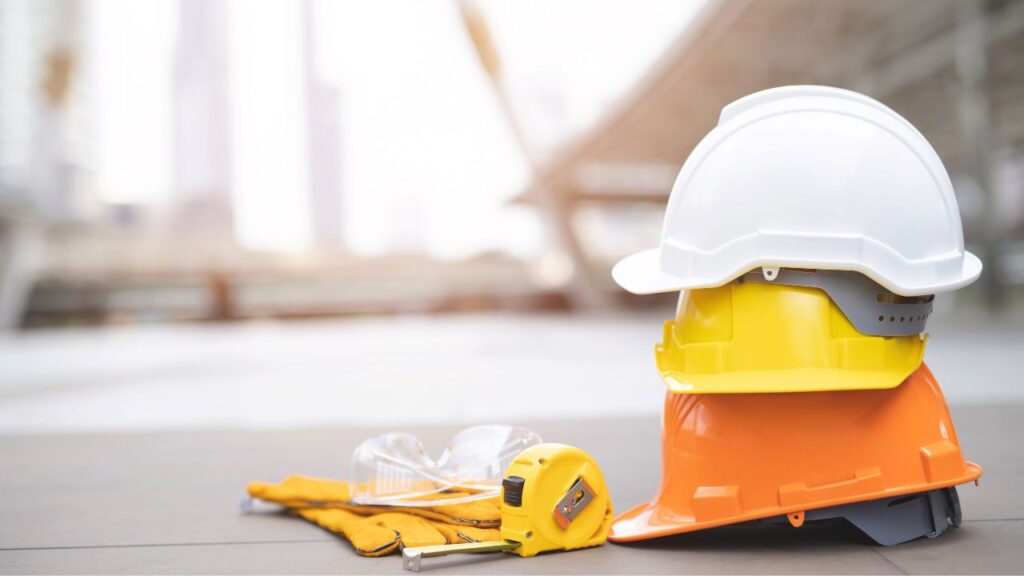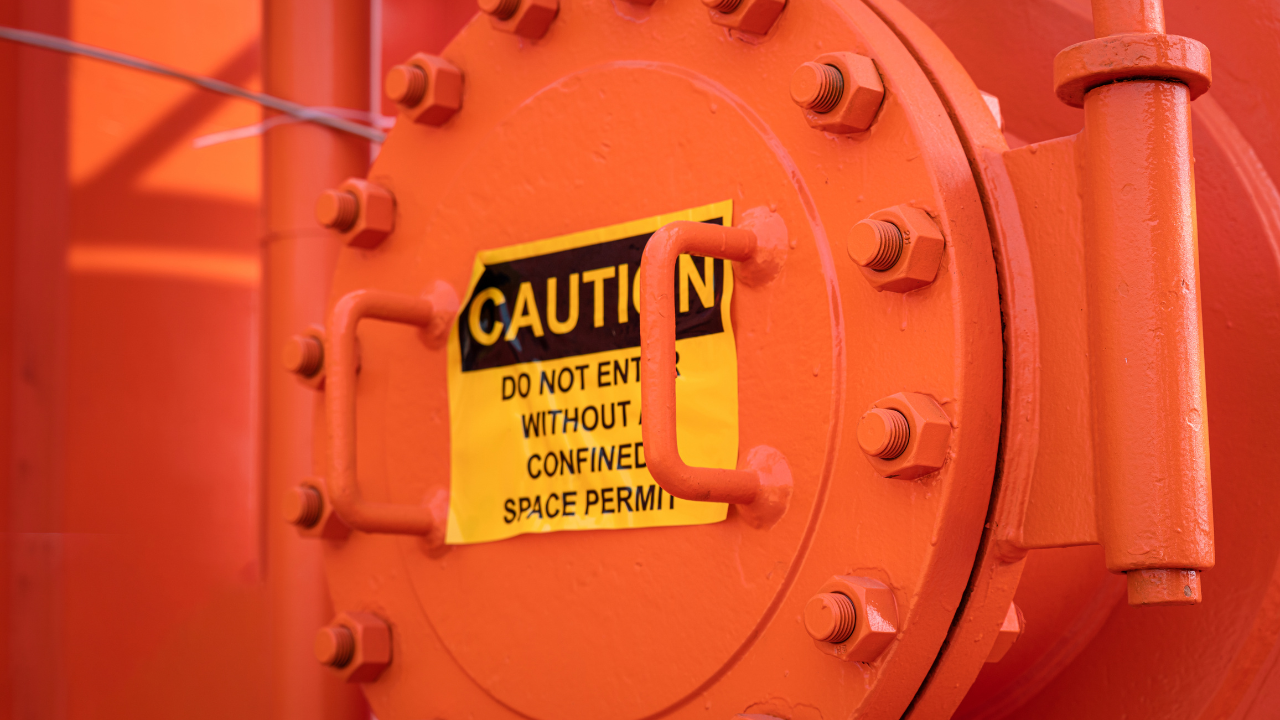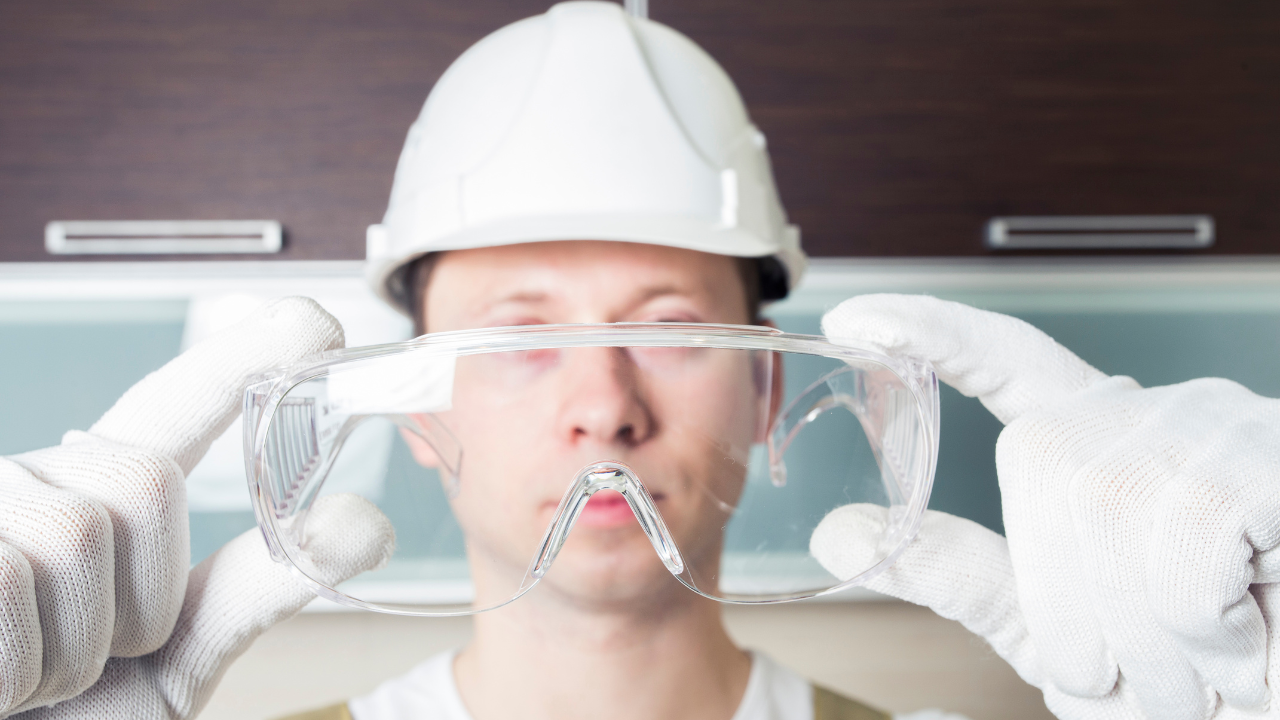Innovations in Maintenance Safety: Tools and Techniques for Safer Work Environments
Plant-Tours
Posted 1/18/2024
The latest data from the Bureau of Labor Statistics shows that, among private sector maintenance and repair workers, approximately 23,400 nonfatal injuries and illnesses occurred in the workplace. Maintenance workers, especially those responsible for the upkeep of industrial machinery, face many workplace hazards, from strains, sprains, and tears to lacerations and fractures. Fortunately, numerous innovations have been developed in the maintenance safety world to reduce the risk of accidents and injuries, including those discussed in detail in this guide.
Workplace Hazards Among Maintenance Safety Workers
A range of issues and events can bring on accidents and injuries affecting maintenance safety workers. Listed below are some of the most significant ones named by the Bureau of Labor Statistics:
- Improper/unsafe movements or positions
- Machinery malfunctions/misuse
- Improperly cleaned/cleared floors, walkways, and other ground surfaces
- Exposure to harmful substances
- Being struck by an object or piece of equipment
- Overexertion when lifting or lowering an object
Regardless of the size of the facility in which they work or the type of machinery they are responsible for maintaining, maintenance workers must be vigilant to protect themselves and their colleagues, as even small mistakes can result in disastrous consequences.

Emerging Technologies Revolutionizing Maintenance Safety
There’s no doubt that maintenance safety is critical to a facility’s overall productivity and performance. Many teams run into trouble, though, because they lack the proper tools and technologies needed to ensure maintenance worker safety.
The following are some noteworthy technologies that are revolutionizing the maintenance safety field:
Artificial Intelligence and Machine Learning
Some worry that artificial intelligence and machine learning (a branch of AI that uses algorithms and data to mimic human learning patterns and processes) tools will eliminate their jobs altogether.
However, what’s actually happening in many circles is that these technologies are making people’s jobs more efficient and improving their accuracy.
For example, regarding maintenance safety, AI and machine learning sensors can be installed on factory machinery to detect errors immediately. Early detection, in turn, allows for faster intervention by maintenance workers and reduces the risk of accidents and injuries.
Virtual Training
Virtual training provides maintenance professionals with “hands-on” opportunities to continue their training and learn the latest techniques. It is more interactive than traditional learning methods and allows workers to be more engaged in their professional education.
For example, they can practice performing repairs on various pieces of equipment and execute the actual processes required to fix a problem instead of simply reading about or watching a video on how to do it.
Wearable Technology
Wearable technologies, such as augmented reality glasses, can help manufacturing workers, including those responsible for equipment maintenance, stay informed while on the job.
With augmented reality glasses, workers can receive notifications and safety warnings in real-time, empowering them to take action sooner and avoid situations that could put them or their colleagues in danger.
Wearable devices like smartwatches can also help with employee tracking and ensure managers and other leaders always know where workers are located, can check in with them regularly, etc.
Internet of Things and Other Smart Devices
Internet of Things (IoT) technology has the potential to truly revolutionize employee safety, especially among those in manufacturing and industrial positions. For example, in the event of a serious incident like a gas leak or fire, IoT sensors can share evacuation directors with workers in real-time.
Manufacturing facilities can also combine IoT technology with other tools, such as GPS tracking and wearable devices, to collect essential data and make more informed decisions regarding employee safety programs.

Integrating New Tools and Techniques for Safety Training
While all of the tools and technologies shared above can help when it comes to improving safety in manufacturing plants, the best results come when they are appropriately adopted by management and maintenance workers.
Here are some tips that can help with the technology integration process and make maintenance safety training more impactful:
Gain Management Buy-In
It’s much easier to encourage workers to embrace new tools and techniques for safety training when you’ve first gained management buy-in. If employees know that proposed approaches are supported from the top down, they will likely be more willing to take part in training and adopt new-to-them technologies.
Embrace Individual Learning Styles
Acknowledge and accept that all employees do not learn in the same way. Some may prefer reading from a manual or textbook and then taking a quiz, while others require a more active, kinesthetic style that gets them involved in the learning process.
When you cater to different learning styles while teaching workers how to use new tools or encouraging them to embrace a new device or protocol, you set them up for greater success and increase the likelihood that they’ll retain information.
Utilize Learning Management Systems
Learning management systems (LMS for short) are software applications that allow for more accessible, more efficient lesson planning, lesson delivery, and student assessment.
Many learning management systems deliver training materials in various formats, including videos and interactive activities. They also store data like quizzes and assessment scores for easier review and progress monitoring.
These varied formats help employees to learn in the way that works best for them. They also allow managers and other leaders to track performance and ensure all workers are keeping up with training requirements.
Offer Microlearning Opportunities
As the name suggests, microlearning involves learning in small bursts as opposed to sitting through long lessons and taking a quiz at the end.
These shorter bouts of learning improve engagement and keep employees focused without overwhelming them. They can also help employees remember what they’ve learned by keeping lessons brief and meaningful.
Conclusion
Innovations in maintenance safety not only protect workers as they strive to keep equipment in manufacturing and industrial facilities running smoothly, but they also allow for a more productive environment for all employees.
The suggestions and guidelines shared above can help managers and other leaders discover the latest innovations and integrate them into their workplaces efficiently and effectively.
Related Articles

All About Eye Protection

Arc Flash/Arc Blast Review with Safety Suggestions for Design & Maintenance

CSA Launches First Confined Spaces Standard in Canada

Do You Need NFPA 70E?

Electrical Hazards

Eye Injuries are a Serious Threat to American Workers




